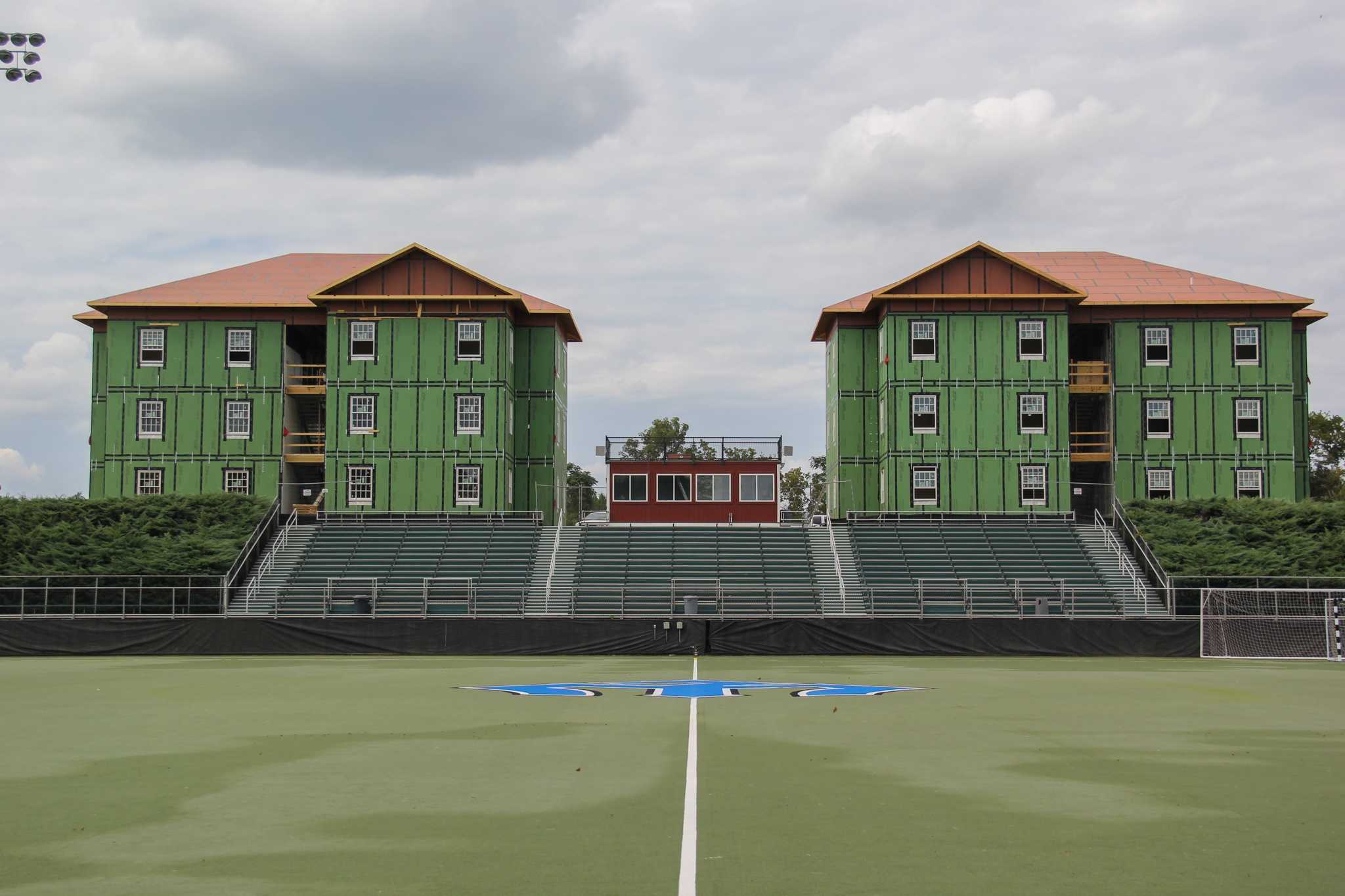An honest look at third-year housing
September 14, 2015
Our campus is looking different these days, very different from when I was in the idyllic honeymoon stages of freshman year. Things are changing at Washington and Lee, as they should be. We’re far from perfect (though it’s sometimes hard to admit) and our institution needs a face-lift from time to time.
Let’s be honest: third-year housing isn’t a face-lift. It’s a full-scale facial reconstruction of a key aspect of the W&L undergraduate experience.
I’m sure many minds have already been made up as to the long-term effects of third-year housing. Some call it a ploy by the administration to slowly strangle Greek life. Others believe Dean Evans received the blueprints from a soothsaying oracle.
I, for one, am uncertain. As in any situation, I would preach moderation, patience and reason. Facts, not fantasies, should drive our opinions.
So, I fetched a few for our thoughts.
In the realm of college housing, there are two primary factors: quality of life and cost. For one of these factors, university-owned or operated housing consistently delivers. For the other, it’s a different story.
I took a look at U.S. News and World Report’s list of colleges with the highest percentage of students living in university housing. There were some familiar names, and frankly, some surprises.
There were many institutions comparable to W&L on the list, including Centre at 98 percent living in university housing, Amherst at 98 percent, Middlebury at 97 percent, and Davidson at 93 percent.
I compared this list to The Princeton Review’s Best Quality of Life ranking and found some correlations. Of the seven co-ed liberal arts schools on the list, six of them house 90 percent or more of their students in university housing.
Plus, despite the rumors, university housing does not kill Greek life. Sewanee, Hampden-Sydney and Vanderbilt, all Southern schools with strong Greek communities, house more than 90 percent of students on campus.
From what I could gather, quality of life and university housing are positively related.
Cost, on the other hand, can get tricky. With so many low rent housing options throughout the Lexington area, does the introduction of third-year housing really help bring down the cost of attending W&L?
Across the country, students are facing skyrocketing room and board costs due to the increasing cost of utilities and continuous campus improvement projects. According to an LA Times article last month, these increasing costs are increasing student debt and in many cases, are forcing students out of university housing in search of cheaper options.
At W&L, however, we’re trying to swim against this current. I’m no economist, but I would be skeptical at any claim that third-year housing will lower costs for students.
There is one more topic that cannot be avoided. Reputation, of course. W&L is particularly sensitive when it comes to college rankings. A decade ago, the administration infamously pulled our info from The Princeton Review after we were repeatedly getting high marks for alcohol abundance, Greek life, etc.
It’s no secret that some motivation for third year housing came from a desire to move up in the eyes of Forbes or US News and World Report.
This isn’t necessarily a bad thing. Learning from a third party assessment can be extremely constructive. Bottom line: rankings are a reality in our society, for better or for worse.
All in all, will third year housing improve the quality of life at Washington and Lee? Probably.
Will students have to shoulder higher living costs? Possibly.
Will it be good for W&L in the long run? Only time will tell but I wouldn’t write it off just yet.
